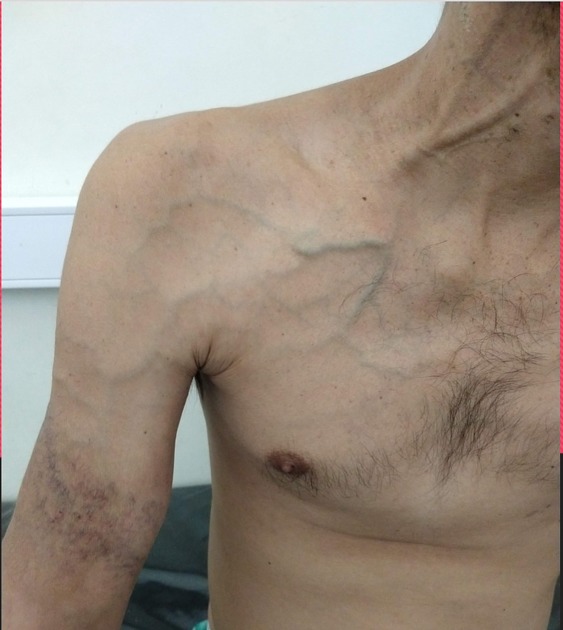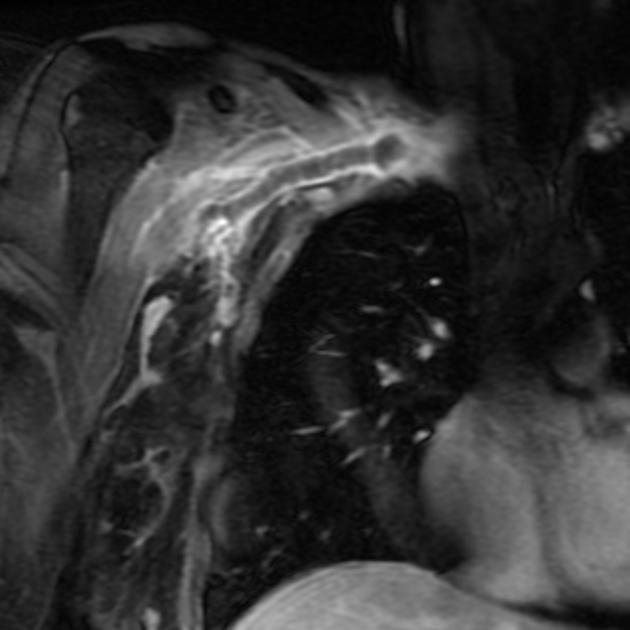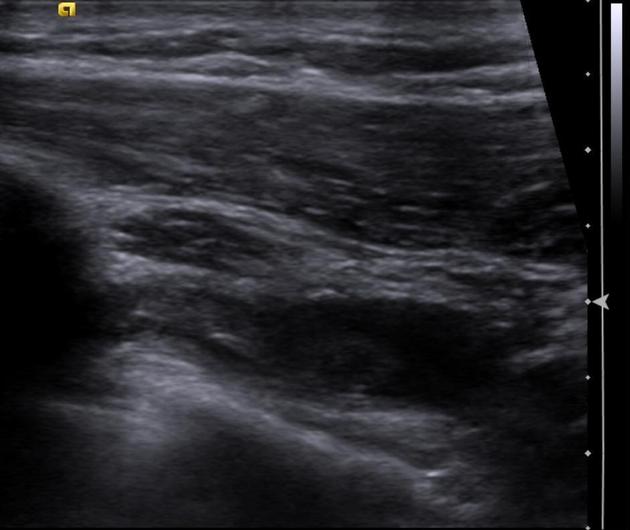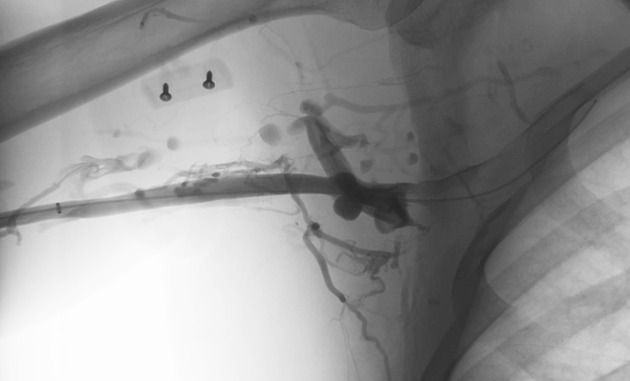Paget-Schroetter syndrome




Paget-Schrötter syndrome, alternatively spelled Paget-Schroetter syndrome and also known as effort thrombosis, refers to primary thrombosis of the axillary and/or subclavian vein. It can be thought of as a venous equivalent of thoracic outlet syndrome - i.e venous thoracic outlet syndrome.
Epidemiology
It is associated with forced abduction of the upper limb and most commonly seen in young athletes who use repetitive shoulder-arm motions, e.g. weight-lifters, wrestlers, baseball pitchers or tennis players.
Clinical presentation
Patients present with symptoms and signs of an upper limb deep vein thrombosis (i.e. arm pain and swelling).
Pathology
Compression of the subclavian vein when it passes through the costoclavicular space is the most favored mechanism of thrombosis. Various surrounding structures that lie in close proximity to subclavian vein, when it passes through the costoclavicular space, have been postulated to cause the compression.
Radiographic features
The presence of thrombus can be confirmed on ultrasound or venography. CT or MRI of the thoracic inlet is used to search for a cause of the extrinsic compression.
Treatment and prognosis
The thrombus is treated with anticoagulation and catheter-directed thrombolysis, after which surgical decompression is performed. Following surgical decompression, if there is residual venous stenosis on repeat venography, angioplasty of the lesion is performed. Stenting is avoided where possible due to the poor long-term patency rate, and must only be performed after surgical decompression otherwise the stent may be crushed or fractured.
History and etymology
The first detailed case was described by the British surgeon and pathologist Sir James Paget (1814-1899) in 1875. The German laryngologist Leopold von Schrötter Ritter von Kristelli (1837-1908) identified vascular trauma as a potential cause in 1894. The term Paget-Schroetter syndrome was first used by Hughes in 1948 .
Siehe auch:
und weiter:

 Assoziationen und Differentialdiagnosen zu Paget-von-Schroetter-Syndrom:
Assoziationen und Differentialdiagnosen zu Paget-von-Schroetter-Syndrom:




